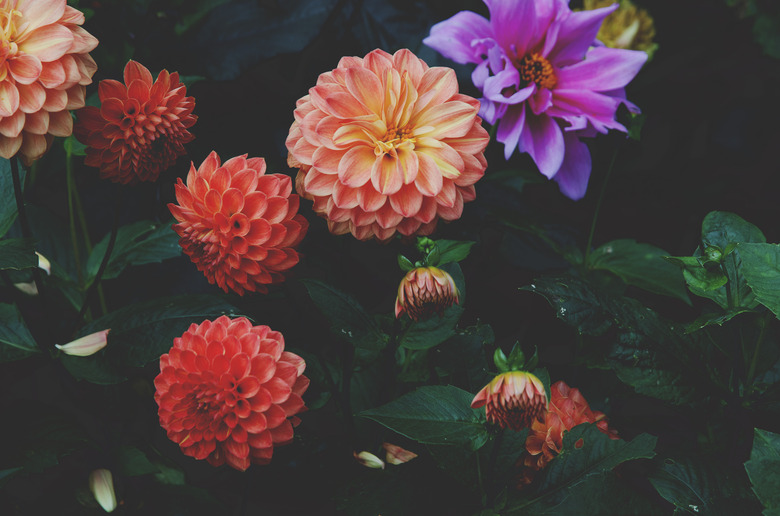Do Annuals Or Perennials Come Back Every Year?
We may receive a commission on purchases made from links.
Do annuals come back every year? Or is that perennials? It's fairly common for new gardeners to remember the difference between annual vs. perennial flowers and plants. While the name can seem confusing, annual plants don't come back annually, they die and won't grow back. Perennials, on the other hand, return year after year.
One thing that makes this topic even more confusing is the fact that some types of plants may only survive two seasons, and some may be perennials in certain climates, while they are annuals in other areas. But once you understand the difference between perennials and annuals, you will have a much better time selecting the right plants for your garden.
Annual Plants Definition
Annual Plants Definition
Annuals are plants that complete their life cycle, from planting to death, in one growing season. The entire plant, including the roots, stems, leaves, and flowers, dies when the weather turns colder. The only surviving part of an annual is the seed. Marigolds, impatiens, and petunias are examples of annual flowers.
Flowering annuals tend to have more colorful blooms that last longer than the flowers of perennials. Their growing season usually runs from spring to autumn. If you want a specific type of annual plant to be a permanent part of your garden, you will need to plant new seeds or seedlings each year.
Perennial Plants Definition
Perennial Plants Definition
Perennial plants come back for multiple growing seasons, generally at least for three or more years. You don't have to replant them if you want them to return to your garden every growing season. The flowering perennials list includes a variety of plants, such as daylilies (Hemerocallis spp., USDA zones 3-9). The non-flowering perennials list includes the deciduous American maidenhair fern (Adiantum pedatum, USDA zones 3-8).
Some perennials, such as Lenten rose (Helleborus spp., USDA zones 4-9 depending on species and cultivar), have the added benefit of keeping their foliage year-round in most zones as evergreens. For herbaceous perennials, the entire top of the plant dies back, but the root system remains. This allows them to grow again the following growing season.
Annual vs. Perennial
Annual vs. Perennial
Why would you choose annual plants when perennial plants come back with less work? You may choose to plant annuals if you enjoy changing your garden year to year or using flowers that bloom quickly and last longer into the growing season. Some people also prefer the brighter colors of annuals.
Perennials might be a better option if you do not enjoy planting new flowers every year due to the work or expense involved. Perennials are also good if you have a garden layout you love and want to keep it the same each year. Mixing the two types to ensure varied blooming times and continued foliage throughout the winter months is a great way to reap the benefits of each.
Other Plant Growing Situations
Other Plant Growing Situations
Some plants do not fit neatly into the category of annual or perennial. These plants are called biennials because they require two full growing seasons to complete their life cycle. The seed of the biennial plant usually produces a small plant or leaves without flowers in the first year. In the second year, this type of plant fully grows the stem, leaves, and flowers. The biennial begins to act like an annual in this second season, blooming then dying completely, leaving only the seed alive. An example is common foxglove (Digitalis purpurea, USDA zones 4-8), which puts up a spike of blooms its second year, sets seed and dies off. Gardeners may mistake biennials for perennials because new plants develop from dropped seed, often in the same area as the mother plant.
Some flowers act as either an annual or a perennial depending on the geographic region. Some perennials may act as annuals when planted in warm climates that allow for quick-growing and long-flowering seasons. When used in colder climates that have shorter growing seasons, these same plants perform their roles as perennials.
Both annual and perennial plants offer varied foliage and flowers to beautify your garden. Which option you choose depends on your preferences and needs for different garden areas.
